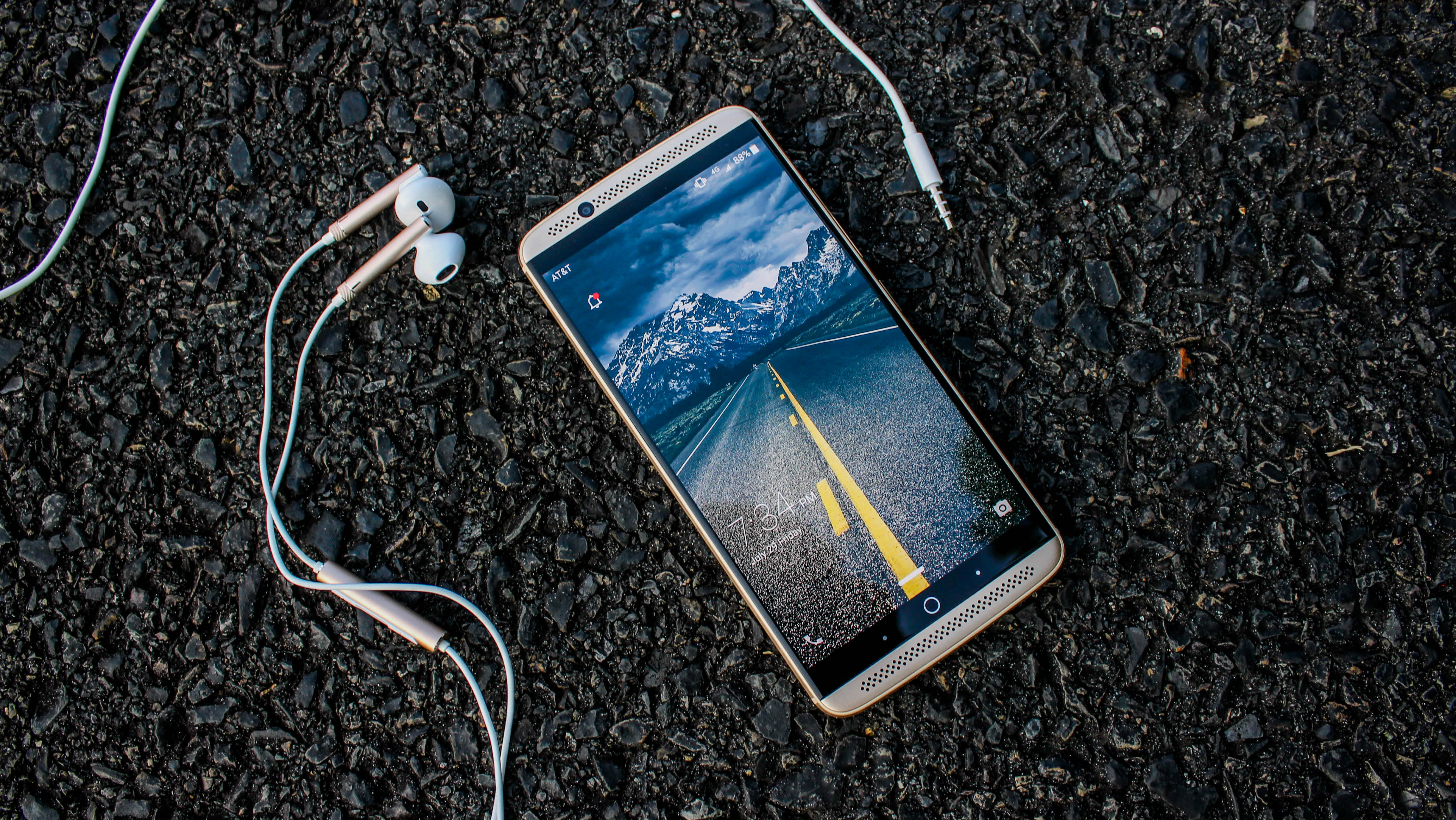Why you can trust TechRadar
The ZTE Axon 7 camera will be able to go pixel-to-pixel with phones in its price range in most well-lit scenarios, specifically the similarly priced Huawei-made Google Nexus 6P.
It has a sharp 20MP camera, f/1.8 lens and optical image stabilization (OIS), all of which put it in a class with most 2016 Android phones that snap better quality photos than Apple's much more expensive iPhone 6S Plus.
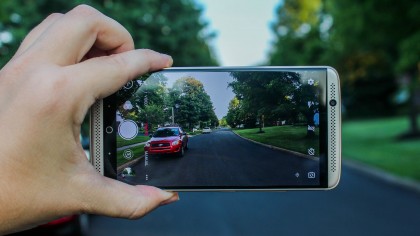
You won't be able to tell the difference between the ZTE Axon 7 and Samsung's top phones in daylight photography without looking closely at the two resulting photos side-by-side. But, we did just that and can see differences. Axon 7 photos are almost always a bit duller in color than the Samsung Galaxy S7 Edge's always-vibrant, mobile masterpieces.
Trust us, that's not really a problem when you're posting day-lit photos to your social media feeds and paying considerably less for your smartphone. But when it comes to low-light photography, that's when the ZTE Axon 7 can't match Samsung's post-processing capabilities.
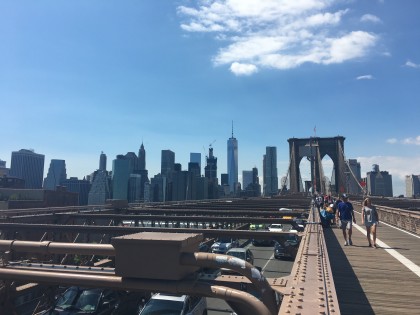
Photos in dimly lit rooms or outdoors tend to be either too dark, or overcompensate for the lack of light by brightening things up way too much. It's not the noise that's an issue, but whites being too white in an effort to reduce the surrounding shadows. It turns a lot of people in ghosts, which means these photos are only appropriate for Snapchat, where they won't exist after 24 hours.
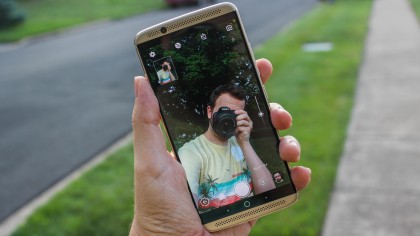
There's a fix in the form of a manual mode to properly adjust shutter speed, ISO, exposure, white balance and focus. The dual LED flash also helps. It's enough to brighten up dark subjects with some artificial white and amber light. We often see phone firmware updates fine-tune the cameras within several months of its release. LG has done that in years past to much success. If it's a software issue, this can be remedied.

In addition to manual mode, the straightforward default camera app includes Live Photos, which automatically take short videos before and after you hit the shutter button. Just like Apple's Live Photos feature, this one works on both cameras, the 20P rear and 8MP front-facing camera.
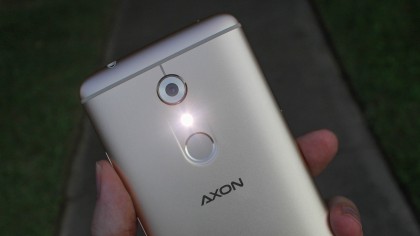
There's no manual mode for the selfie cam, however. It's replaced by a beauty slider, which you'll likely want to slide all the way down, then "accidentally" slide back up "just a notch or two" depending on your age. The good and bad news is that the front-facing camera could be better, so it's not going to pick up a whole bunch of detail anyway.

Super Night Mode seems like a solution that seemingly turns a darkened 8pm night into noon, but it requires the absolute stillness of a tripod and motionless subjects. Our reaction was to tell everyone, "This would work great if you all weren't breathing right now, okay? Thanks!"
The Axon 7 camera's more useful modes include panorama, slow motion, multi exposure, sports magic exposure and time time lapse. There's also a handy, but hidden interval mode, which snaps a photo every one to 60 seconds.
